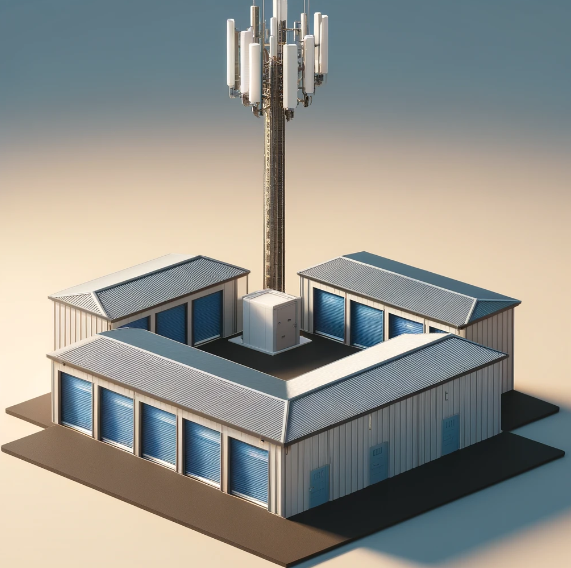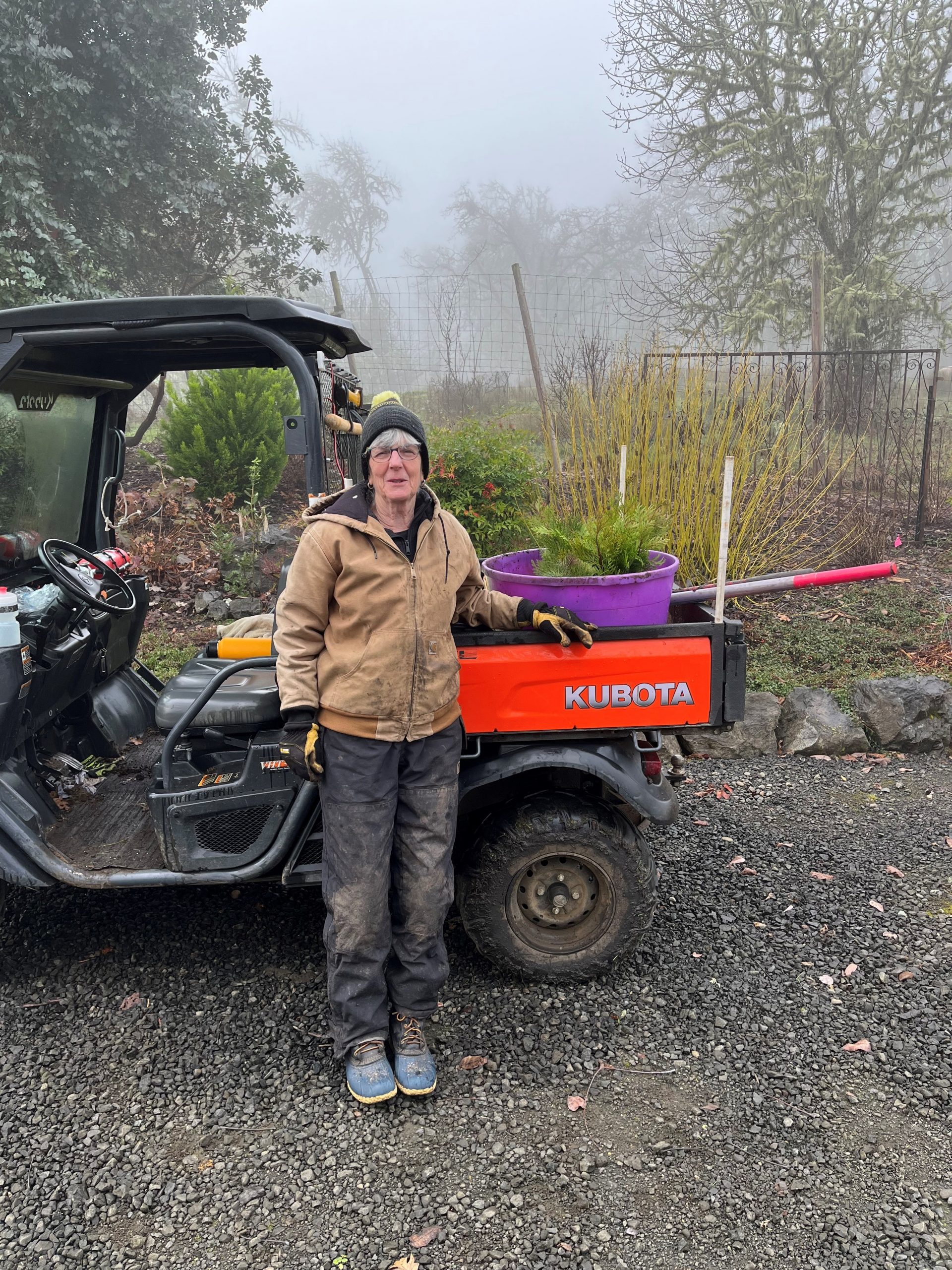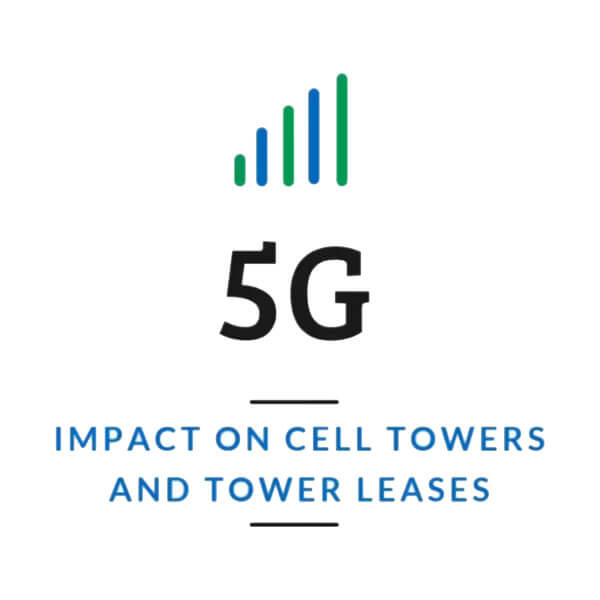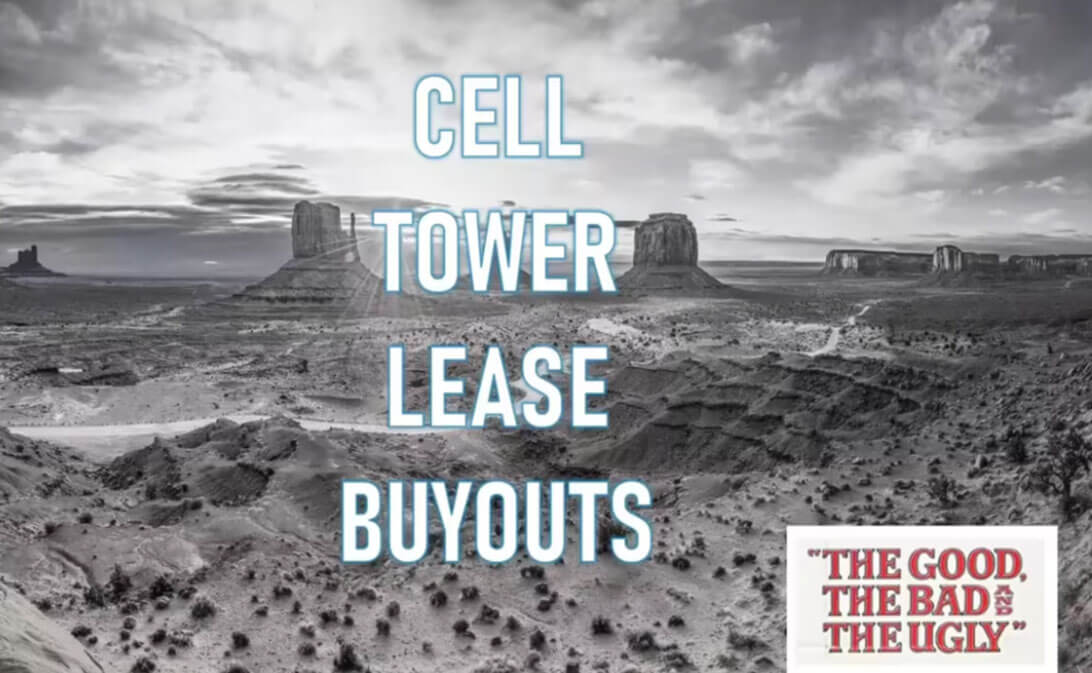Types of Cell Sites

Cell Sites Are Not Cell Phone Towers
On many occasions, the industry refers to cell towers interchangeably with the term “cell sites.” A notable example was during the 2016 Super Bowl, during which T-Mobile advertised that it has more LTE towers than Verizon. To be perfectly accurate, T-Mobile should have said that it has more LTE “cell sites” than Verizon. Even the press regularly publishes the words “cell tower” or “cell phone tower” when referring to a specific site build or location.
In 20% of news articles that we read about cell sites, the reporter refers to a cell tower when they really should be saying cell site. What is the difference you might ask?”
A Cell Site refers to the antenna equipment and ground equipment that is used to transmit cell phone signals to and from the mobile phone back to the receiver. This equipment is likely to include transmitter/receivers, GPS, backup power sources, base transceiver station (BTS), and more.
Contact Us

Cell Sites Are Not Cell Phone Towers
On many occasions, the industry refers to cell towers interchangeably with the term “cell sites.” A notable example was during the 2016 Super Bowl, during which T-Mobile advertised that it has more LTE towers than Verizon. To be perfectly accurate, T-Mobile should have said that it has more LTE “cell sites” than Verizon. Even the press regularly publishes the words “cell tower” or “cell phone tower” when referring to a specific site build or location.
In 20% of news articles that we read about cell sites, the reporter refers to a cell tower when they really should be saying cell site. What is the difference you might ask?”
A Cell Site refers to the antenna equipment and ground equipment that is used to transmit cell phone signals to and from the mobile phone back to the receiver. This equipment is likely to include transmitter/receivers, GPS, backup power sources, base transceiver station (BTS), and more.
A Cell Phone Tower is the actual physical structure that the antennas are attached to. Please see our page on types of cell phone towers for more information about recognizing different types of towers.
It’s also worth noting that a tower can have multiple sites installed upon it. For an example, please see the image above where there are two cell sites (let’s suppose these belong to T-Mobile and Verizon, respectively) installed on a cell phone tower. The technical term for the installation of a cell site on a cell tower is “collocation.” The tower could be owned by T-Mobile or Verizon, or one of the two carriers might have sold the tower to a third-party tower company such as American Tower or Crown Castle. Even if the tower is sold, the “cell site” itself still belongs to the wireless telecom.
The Cellular Network
While the basic equipment is similar at most wireless communication sites, (a transmitter/receiver, antenna(s), coaxial or hybrid cables, power and backhaul), there are different types of cell sites. Cumulatively, the entire interwoven network of sites (from macrocell to picocell, and more) is referred to as the cellular network.
With the advent of Distributed Antenna Systems (DAS) and small cells, there is more diversity today in the deployment of cellular equipment than ever before. The various types are designed to work with each other comprehensively in a system. This system is known, in the industry, as a Heterogeneous Network (aka Het-Net).
Below please see pictures and descriptions of the various types of cellular sites, including cell towers and small cell networks.We’ve also designed an interactive illustration that portrays how a cell phone network functions as a whole.
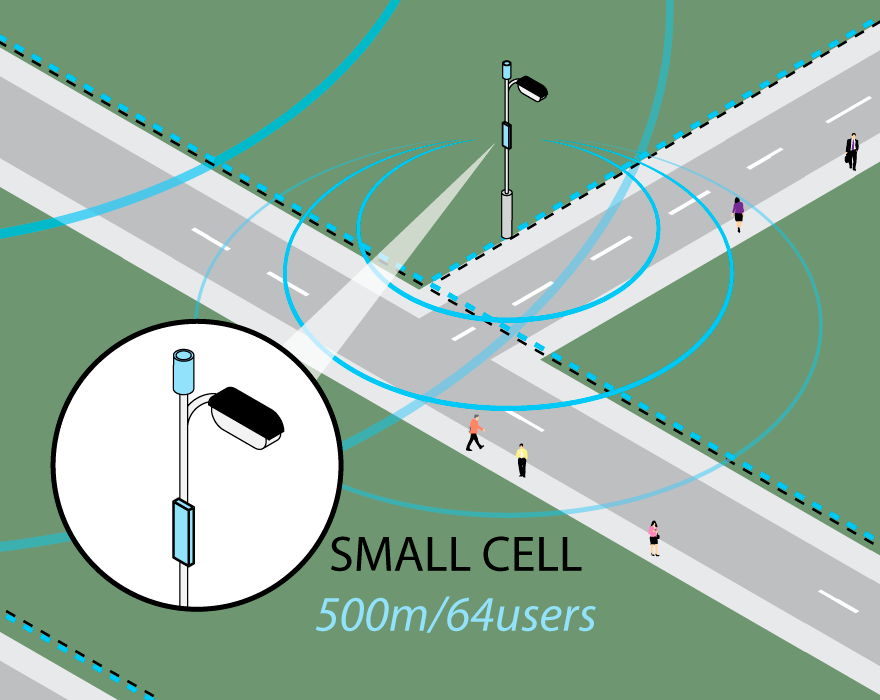
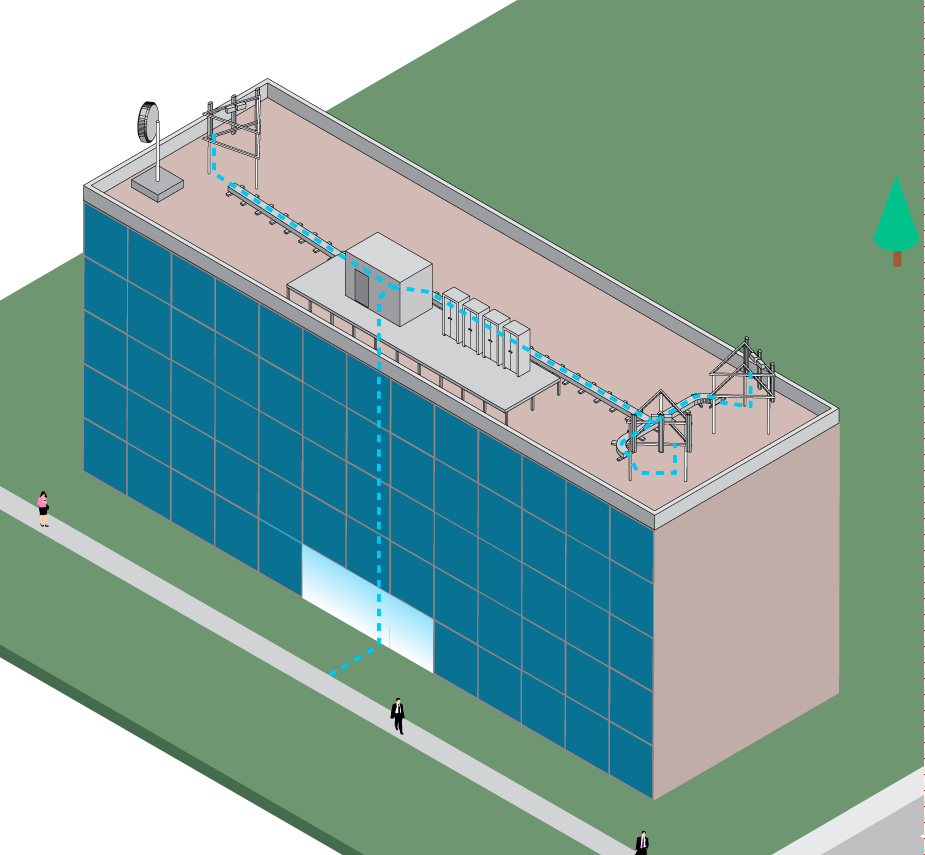
Rooftop Site
COVERAGE RADIUS: 1.5 TO 25 MILES
A rooftop cell site is built when antenna and transmission equipment are installed on a building’s roof. The Subject Site, in this case, is located on top of a building or other support structure (such as a church steeple, billboard, flagpole, etc.). Its antennas and equipment are placed on the roof (or very top), typically with the antennas mounted near or on the parapet of the roof so that they can communicate in all directions. Most rooftop cell sites include three sets of antennas (aka “sectors”), which are pointed at 120-degree intervals from each other. There are typically between 2-4 antennas per sector. The equipment on the roof is connected to power and to backhaul (either via telephone service, microwave, or fiber optic cable) to the main telephone system.
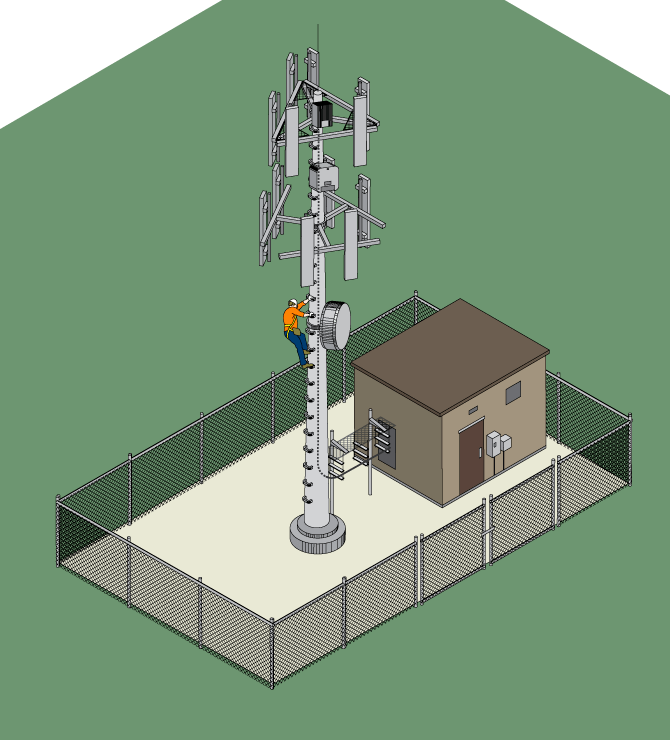
Cell Tower Site
COVERAGE RADIUS: .5 TO 25 MILES
Cell towers are structures that are designed to support one or more cell sites. The tower is typically manufactured from steel. The cell site transmission equipment is installed in the lease area or compound area at the base of the tower and is connected to the antennas installed on the tower via coaxial or hybrid cables. Cell towers could be lattice or self-support towers, guyed towers, monopole towers, and concealed towers. Concealed towers can be designed to resemble trees, cacti, water towers, signs, light standards, and other types of structures.

Small Cell (1/10th Mile Or Less In Coverage Radius)
Coverage Radius: 1/10th Of A Mile Or Less
A small cell is an individual cell site that is smaller in size, power, and coverage radius. Small cells are typically deployed to “densify” or increase the capacity of the overall network. When most people envision cellular communication networks, they think of what the industry refers to as macrocells, such as those installed on towers or rooftops. A small cell is much smaller. Whereas the transmission equipment for a macrocell typically needs more than 150 sf to be installed, the equipment from a small cell can be installed in a cabinet approximately the same size as a high school locker. With small cells, there are typically only one antenna per cell. Small cells, like macrocells, also require power and backhaul.
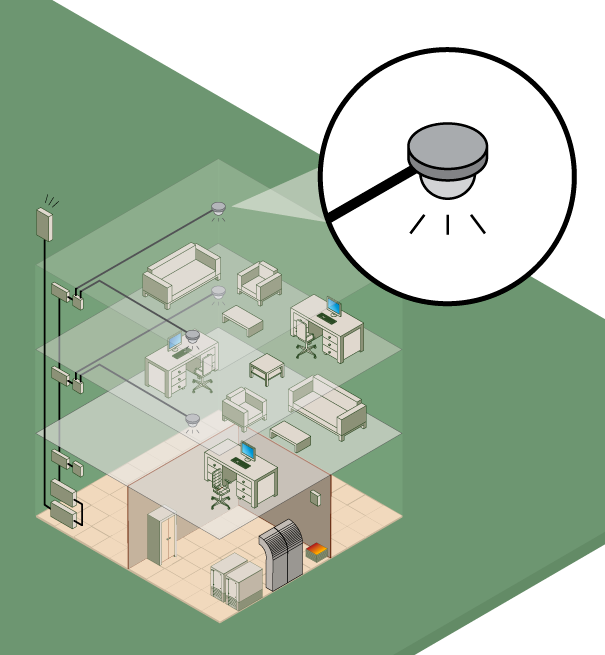
Outdoor Das
Coverage Radius: 1/10th Of A Mile Or Less Per Node

Indoor Das
(In-building/ Indoor Coverage)
Tenant Improvements
Ground Mounted Sites
In rare cases, a cell site can be installed on the ground itself. The equipment is installed within a typical lease area or compound, but the antennas are mounted to antenna mounts attached to the ground. This is normally only used in hilly areas where the antennas have higher elevation than the surrounding area and the local municipality prefers not to have towers of any type. The antenna installations at these types of sites can be concealed so that they can’t be seen from the surrounding areas.
Regardless of the cell site type or whether a tower is involved or not, in almost every case there is a lease between the wireless carrier who owns the cellular equipment and a landowner, building owner, or tower owner. Steel in the Air’s experts are ready to assist you with any cell site lease related question, all you need to do is contact us via one of our easy contact methods:
CALL US AT (877) 428-6937 Contact us by submitting this form.

